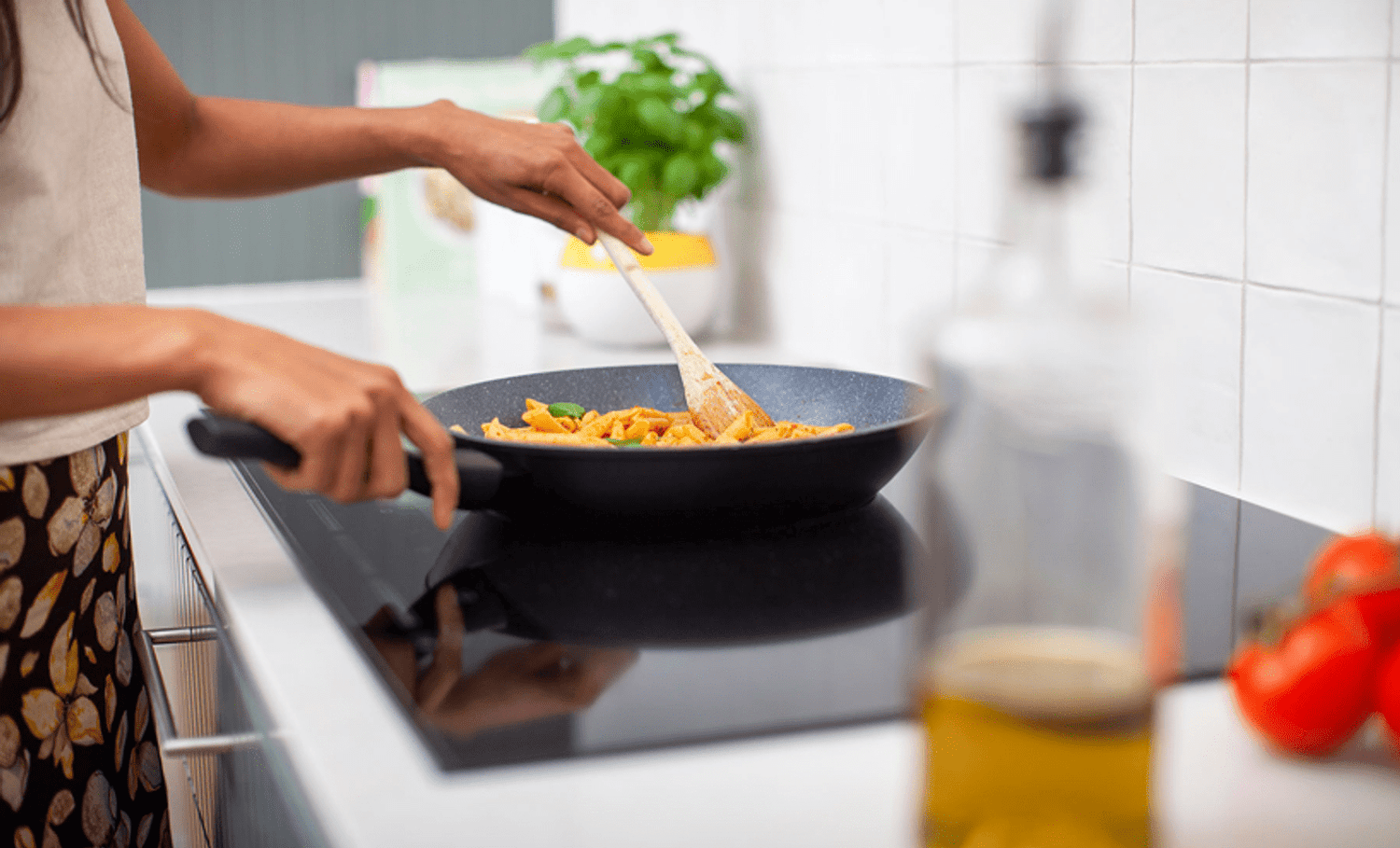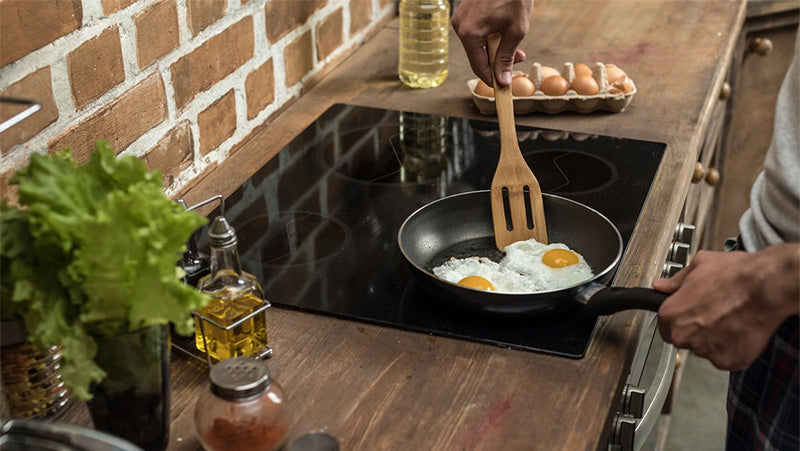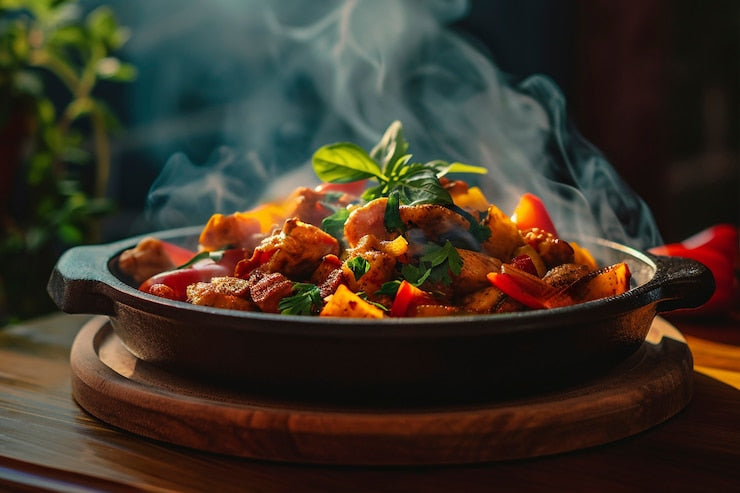The skill of mastering various cooking techniques is essential for kitchen professionals. Among these, low simmering is a particularly noteworthy method that demands both precision and patience to truly draw out and enhance the flavors of your ingredients. When considering cookware, few materials rival the longstanding reputation of cast iron, especially for its capacity to maintain a steady, low temperature. In this article, we will explore the intricacies of using cast iron for low simmering and uncover why it remains a prized choice in kitchens worldwide.

Why Opt for Cast Iron?
Cast iron cookware has held its place as a kitchen essential for centuries. Its ability to evenly distribute heat makes it particularly suited for simmering, where maintaining a steady temperature is paramount. Unlike other materials, cast iron excels at heat retention, ensuring that your dishes simmer gently without the risk of scorching.
This unique property allows kitchen professionals to create delicate sauces, flavorful stocks, and tender stews, all infused with the depth of flavor that only cast iron can provide. Furthermore, when well-seasoned, the natural non-stick surface of cast iron reduces the necessity for excessive oils or fats, allowing the genuine flavors of the ingredients to come to the forefront.
The Science of Low Simmering
Simmering involves keeping a liquid just below its boiling point, typically within the range of 185F to 205F. This technique allows flavors to meld and ingredients to soften gradually. Its a vital method for developing rich, complex flavors in dishes like braises, soups, and sauces.
Cast iron shines in this domain due to its thermal mass. Once heated, it maintains a stable temperature, preventing the liquid from boiling over or dipping too low. This uniform heat distribution makes cast iron an essential tool for achieving the perfect simmering results every time.
Selecting the Right Cast Iron Cookware
When choosing the ideal cast iron piece for low simmering, several factors come into play. Firstly, the size of the cookware should correspond to the amount of food being prepared. A pot that is too small may lead to overcrowding and inconsistent cooking, whereas one that is too large might struggle to maintain the desired temperature effectively.
The weight of the cast iron piece also matters. Heavier cookware typically retains heat better, which is advantageous for a sustained low simmer. Reputable brands like Lodge and Field Company provide high-quality options that are both durable and efficient.
Seasoning and Care
Proper care of your cast iron cookware is essential for maintaining its performance and lifespan. The seasoning process involves applying a thin layer of oil to the cookwares surface and heating it until a protective layer forms. This not only boosts the non-stick qualities of the cookware but also acts as a barrier against rust.
Regular maintenance, including washing your cast iron with warm water and a soft brush while avoiding harsh soaps, is crucial. Make sure its completely dry before storing to ensure optimal performance. For professionals, well-seasoned cast iron means reduced downtime and consistent cooking results.
Tips for Perfect Low Simmering with Cast Iron
To achieve optimal results when using cast iron for low simmering, it's important to preheat your cookware before adding ingredients. This ensures even heat distribution and minimizes sticking. Using a lid to cover the pot helps trap moisture and heat, allowing for uniform cooking and reducing evaporation.
For those utilizing induction cooktops, its worth noting that cast iron is fully compatible, offering the same advantages as with traditional stovetops. For more on this compatibility, see Tom's Guide.
Common Mistakes to Avoid
A frequent mistake when using cast iron is overheating. Even though cast iron is tough, excessive heat can damage the seasoning, resulting in food sticking. Keeping a watchful eye on the heat is vital for maintaining a gentle simmer.
Another common error is neglecting to allow the cookware to heat evenly before use. This can cause hot spots, leading to uneven cooking. Always give your cast iron the time it needs to reach temperature slowly for the best results.
Conclusion: Elevating Your Culinary Creations
In the realm of professional cooking, having the right tools makes a world of difference. Mastering cast iron for low simmering can enhance your culinary creations dramatically. By understanding the properties of cast iron and applying the techniques outlined above, kitchen professionals can achieve consistent, flavorful outcomes with every dish.

FAQs
Why is cast iron favored for simmering?
Cast iron is favored for simmering due to its ability to sustain a consistent temperature, which is crucial for preventing overcooking and ensuring even heat distribution.
Can I use cast iron on an induction cooktop?
Absolutely! Cast iron is perfectly compatible with induction cooktops, delivering the same benefits as with conventional stovetops. For additional information, check out Leek Knives.
How do I upkeep the seasoning on my cast iron?
To maintain the seasoning of your cast iron, regularly apply a thin layer of oil and heat it until a protective layer forms. Avoid using harsh soaps and ensure the cookware is completely dry before storing it away.
For more culinary tips, dont miss our guide on Cast Iron Hacks or explore Serving Food Techniques.






Leave a comment
This site is protected by hCaptcha and the hCaptcha Privacy Policy and Terms of Service apply.